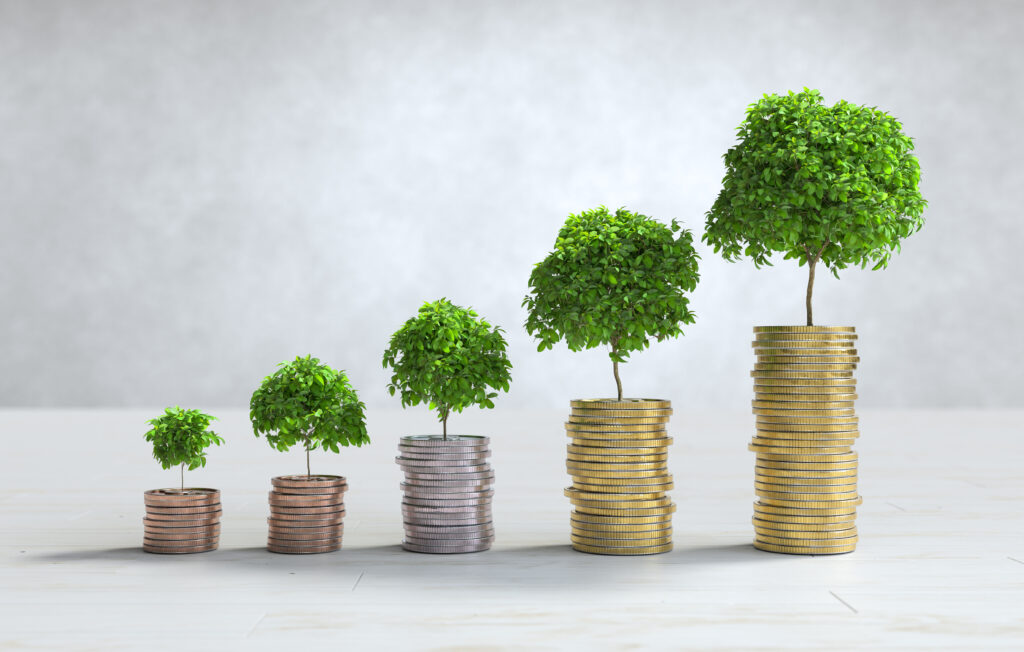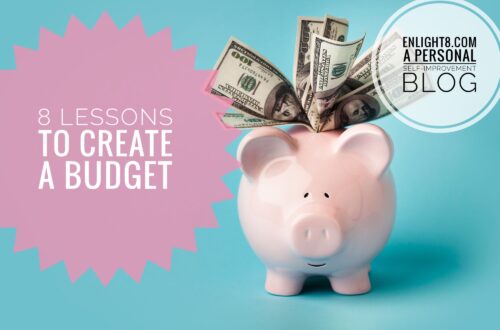
8 Compelling Benefits of Investing in Gold and Silver
Gold and silver have maintained their value for thousands of years, mainly due to their stunning appearance and intrinsic qualities. These precious metals have historically served as currency and a store of wealth, symbolizing stability and financial security. In today’s unpredictable economic climate, their importance has only grown. With rising inflation and uncertainties surrounding traditional investments, many seek safer avenues to protect their wealth. Gold and silver are reliable hedges against economic downturns, often retaining or increasing in value when other investments falter.
Moreover, incorporating gold and silver into our investment portfolio can help diversify risk. Unlike stocks and bonds, which market fluctuations and geopolitical tensions can heavily influence, precious metals tend to exhibit a more stable price trajectory. This characteristic makes them attractive to us as we balance our investments. Additionally, owning physical gold and silver provides us with a tangible asset that can serve as a security source in times of crisis. As we consider the long-term sustainability of our financial future, it’s worth recognizing the role these timeless treasures play in enhancing our overall investment strategy.
1. Timeless Stores of Value

For thousands of years, people all over the world have valued gold and silver as symbols of wealth and power. From the ancient Egyptians and Romans to Chinese dynasties and European kings and queens, these precious metals have always been seen as reliable stores of value.
Unlike paper money, which can lose its worth over time, gold and silver have proven they can last through challenges. Their scarcity and the difficult process of mining and refining give them real value—one that doesn’t fade with inflation or political troubles. We know that when we invest in gold and silver, we’re choosing a form of wealth that has stood the test of time.
2. Gold and Silver Are Honest Money
Gold and silver are honest forms of money because they can’t be created out of thin air. Unlike paper currencies or digital credits, they must be mined, refined, and processed — a task that demands real capital and labor.
Their properties — rarity, durability, divisibility, portability, and recognizability — make them ideal forms of money. You can’t counterfeit them easily, and their value is recognized worldwide, making them the original decentralized currency.
3. True Rarity and Industrial Demand

Gold and silver are natural elements with limited supplies. Gold (Au) is one of the rarest elements found on Earth, with only about 0.005 parts per million in the Earth’s crust. Although silver (Ag) is more plentiful, we use it much more because of its many industrial uses, such as electronics, solar panels, and medical technologies.
One important thing to consider is that silver is often destroyed during these processes and isn’t recycled as much as it could be. Because of this, some experts believe silver might become rarer than gold. This idea of scarcity makes both gold and silver valuable investments over the long term.
4. Currently Undervalued Assets

Gold and silver are currently priced much lower than they should be, especially when we consider the amount of fiat currency in circulation. Since the U.S. moved away from the gold standard, the dollar has lost over 90% of its purchasing power.
According to estimates from sites like USDebtClock.org, the “real” value of gold and silver — after factoring in the increase in the money supply — could be significantly higher than their current market prices. This situation creates a potential opportunity for us investors to look for undervalued assets with intrinsic value.
5. A Hedge Against Inflation
Gold and silver are valuable tools for protecting our money from inflation. When central banks keep printing more money and increasing debt, the value of our traditional cash tends to drop. Historically, gold and silver maintained or even increased their purchasing power during high inflation.
Many personal finance experts suggest that we should invest about 5–10% of our investment portfolio in physical gold and silver. This strategy can help shield us from currency devaluation and unexpected economic problems, securing our financial future.
6. Globally Recognized and Exchangeable

Unlike stocks or real estate, gold and silver are accepted and recognized almost everywhere. Whether in Europe, Asia, Africa, or the Americas, people trust and value these metals everywhere.
This worldwide recognition makes gold and silver easy to trade in times of political instability, currency issues, or problems with the financial system. We can exchange them almost anywhere for goods, services, or money.
7. Real Money vs. Fiat Currency
Gold and silver are more than just commodities; they are real forms of money. Unlike fiat currencies, which depend on trust and government support, history has shown that these currencies often fail. We’ve seen dire examples from Zimbabwe to Venezuela, where currencies have lost value because of hyperinflation and poor management.
In contrast, gold and silver have value from their scarcity, effort to mine them, and universal appeal. They serve as money—not just a way to buy and sell things, but also as a way to preserve real wealth. We can rely on gold and silver without depending on a government’s promise.
8. Enduring and Constitutional Value

The U.S. Constitution recognizes the importance of gold and silver as legal tender. Article I, Section 10 states: “No State shall… make any Thing but gold and silver Coin a Tender in Payment of Debts…” This idea shows that the Founding Fathers understood the risks of paper money and chose to protect gold and silver as reliable forms of currency in our nation’s founding document. Their insight is still relevant today: when too much money is printed or manipulated, the value of paper money can drop, but gold and silver remain stable.
Protecting our wealth is crucial in uncertain times. Gold and silver provide stability, liquidity, and a safeguard against inflation—all critical qualities we should look for in an investment. We should allocate 5–10% of our portfolios to physical gold and silver. Whether in the form of bullion, coins, or jewelry, owning these tangible assets can serve as a financial safety net. In a world filled with economic noise and digital numbers, gold and silver remain accurate indicators of real wealth.




